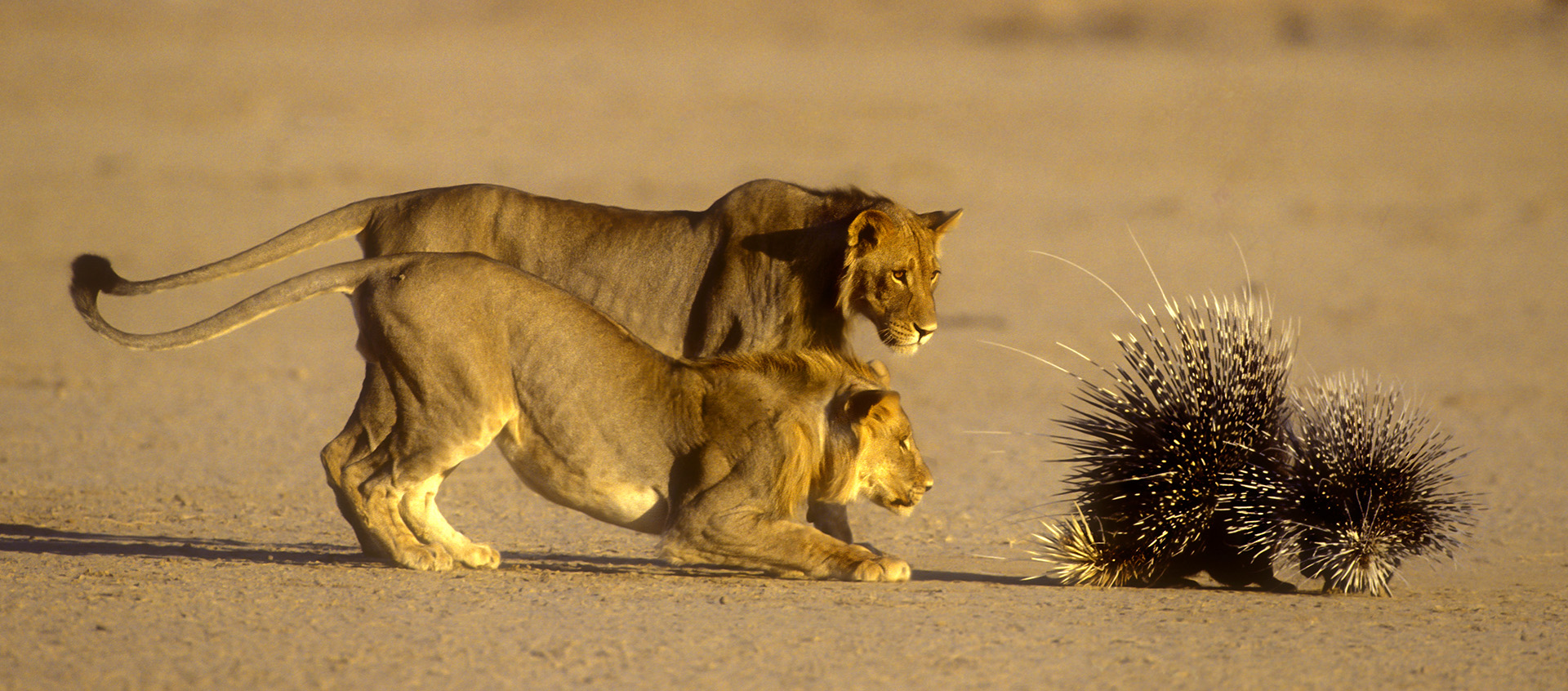Welcome to PT Explorers, Jill, we are so excited to have you here! Do you mind introducing yourself to our readers? I like to think of myself as a wildlife and travel photographer as I get to visit wonderful places and record special moments in time. I live in Port Elizabeth in South Africa, which is on the South East Coast of Africa.

Where and when did your wildlife photography journey arise?
I have always loved wildlife and after leaving university I got to travel to some of our local wildlife reserves and started my photographic journey. My favourite photographic spot was the Kalahari Gemsbok Park.
Since an informal agreement in 1932 there were no physical barriers between the Kalahari Gemsbok Park in South Africa and the Gemsbok National Park in Botswana with animals being able to roam freely between the two. In 2000 this agreement was formalized and became Southern Africa’s first peace park, the Kgalagadi Transfrontier Park.
It is only a 12 hour drive, done over one and a half day and you don’t need a special type of vehicle. Just a normal car works fine to travel on many of the roads. There are now many four wheel drive roads into the interior adding a further dimension to the wildlife experience.
Photography in our National Parks such as this one has to be done from the safety of your car so we usually only had two people in the car – one photographing from the driver’s seat and I would be in the seat behind.
When I take groups to our parks we hire vehicles and each photographer has their own row of seats with open windows to photograph from.

As an award-winning photographer and also having been a judge for photography competitions, what are your top three tips to photograph award-winning images?
Luck, luck and more luck.
But as Gary Player said, the more you practice, the luckier you get. It’s all about being in the right place at the right time but nature is totally unpredictable so nothing can ever be guaranteed. You are quite likely to be disappointed if you go out single mindedly planning on shooting only a specific subject or situation. You need to be open to everything around you and be able to react very quickly.
You also need to understand your subjects and the area in which they live as this will help you to anticipate possible scenarios.
The direction, amount and quality of light is very important and if everything comes together at the right place and right time then you will have one of those magical moments.
Knowing your photographic equipment is also important and having it ready so that you can just pick it up and shoot is the key. Get into the habit of always returning it to your standard settings so that you can just pick it up and shoot. That way you will get the grab shot and then you can change settings if necessary in order to create the best possible image.
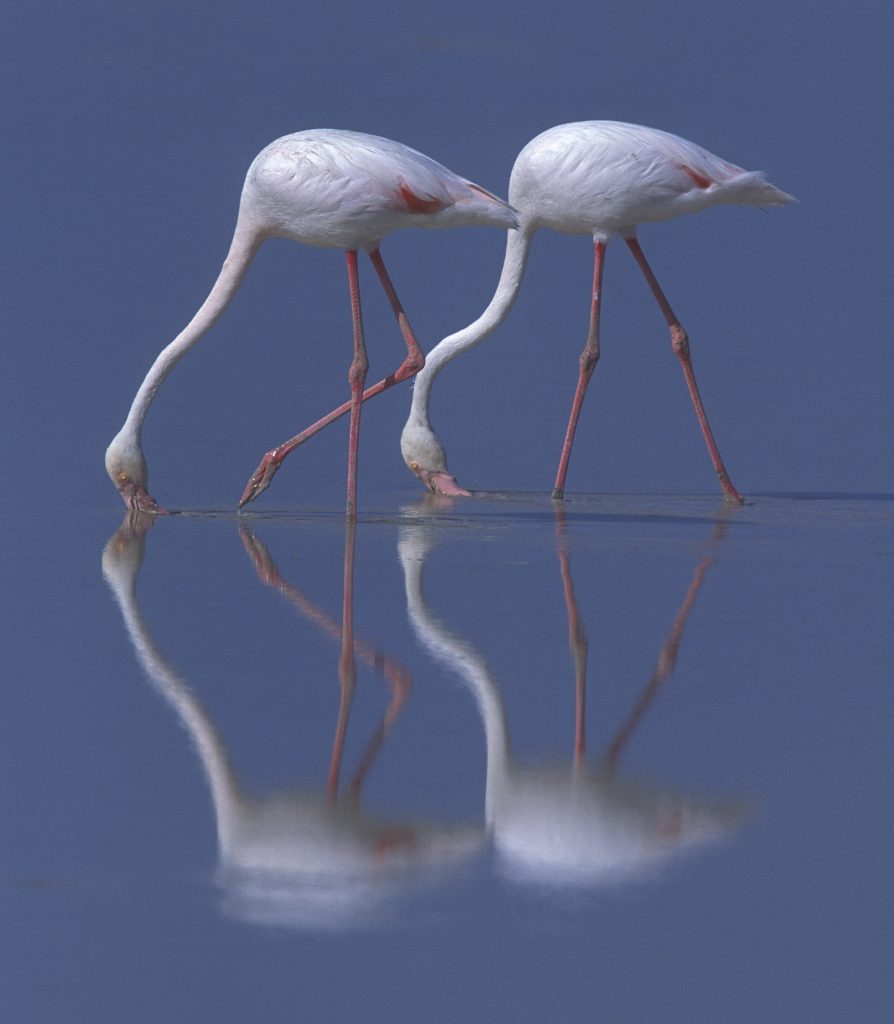
Would you like to share more about your photographic work with elephants and the Elephant Trunks album?
Elephant don’t usually occur in the Kgalagadi, (I say usually because one was actually seen there 5 years ago) so it was only when I started venturing further afield that I really started appreciating the complexity of the elephant.
Strange that I say that I had to venture further afield because in fact the very first wildlife reserve I visited was the Addo National Park which is right on my doorstep, only a 45 minute drive from my home. But like everything it is always the far-away places that we yearn for.
As a child my parents took me to see the Elephants in Addo and at that time the authorities were feeding them oranges and you just went to the feeding point and watched them through the fence. Their sheer size but amazing gentleness always fascinated me and so I have never been afraid of elephants as those early viewings were always a treat. Not that they can’t be dangerous but if you treat them with healthy respect there is nothing to fear.
On the Chobe river we travel by boat, either a mokoro (a dug-out canoe), or glide in on a motor boat, which allows you to approach the animals very quietly and without disturbing them. If you get to close they might use their trunks to spray you, just warning you that you are getting too close.
Their trunks have many thousands of muscles which give them amazing dexterity, they are able to pick up a single flower, or break down a whole tree, and when you see the trunk in action you can see how strong they are.

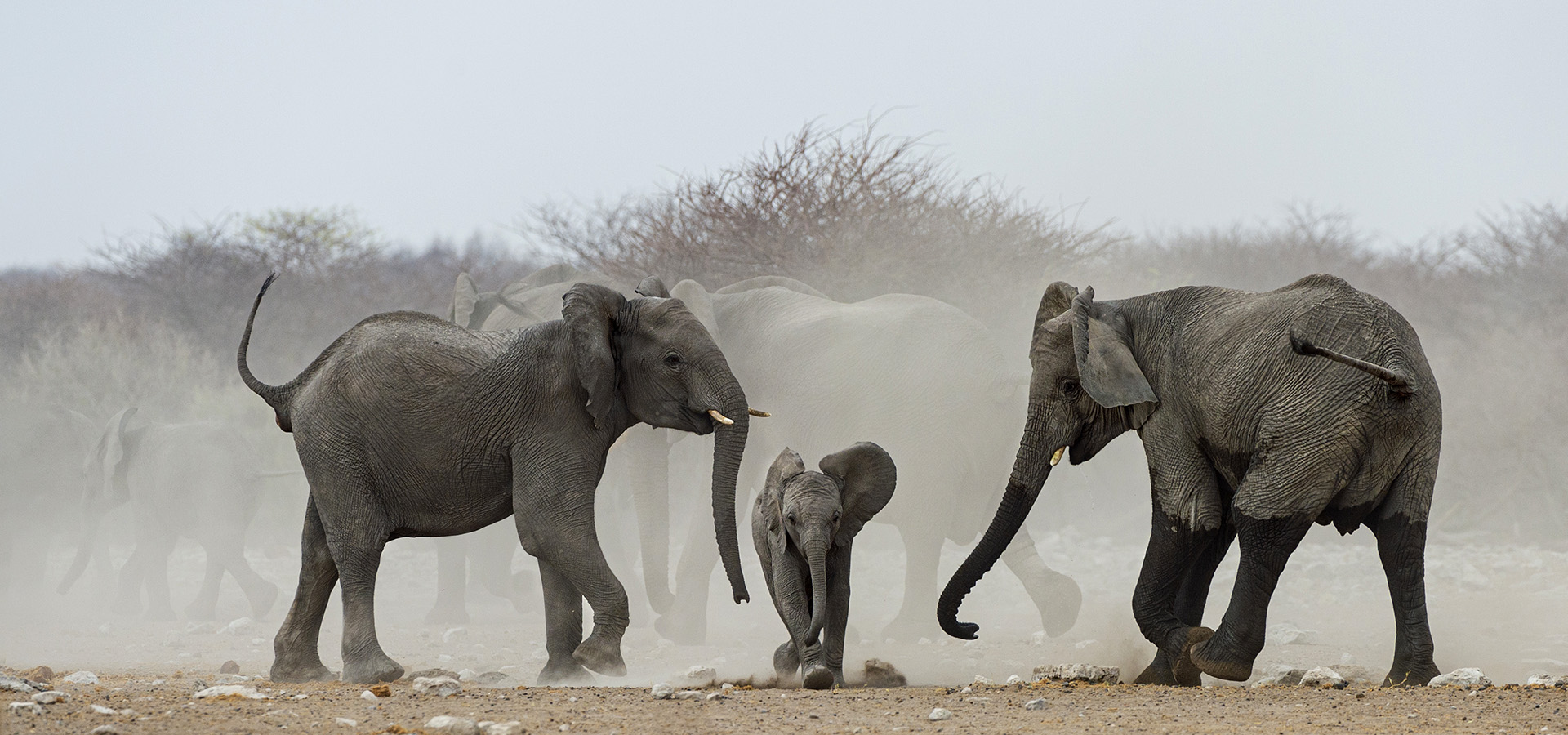
Of all your wildlife photography experiences, what are some of your truly memorable moments?
The very first time I saw a lion in the wild – walking through the dry riverbed with his long black mane blowing in the wind is something that I will never forget. The image is in my mind for ever despite the fact that I didn’t even photograph it!
An image of a mother cheetah with just one very small cub. It was what happened the day before that made this such a memorable moment. We had been watching the mother cheetah hunt and catch a springbok and she had two beautiful young cubs. Then along came a lioness to steal her prey, unfortunately it wasn’t only her prey that the lioness took, she also took a cub. She picked it up in her mouth and carried it off, only to drop it and abandon it a while later after it had died. Mother cheetah and the remaining cub ran for their lives and we didn’t expect to see them again and also didn’t know whether the remaining cub would survive. So it was an absolute joy to see them the next morning.
And then just recently, the first time we were allowed to visit our national parks after lockdown. We weren’t allowed to cross provincial borders but fortunately for me Addo Elephant Park is close by so my sister and I spent the day in Addo enjoying watching hundreds of elephants as they came in to drink at the waterhole.
The youngsters are very tiny and one poor little ele got knocked over by the big ones who were being a bit aggressive amongst themselves. Immediately other elephant came to the rescue and used their amazing trunks to lift up the little one and make sure it was alright and could stand on its own feet.
Sometimes as photographers we pay too much attention to getting the perfect shot and in doing so miss the wonderful experience of just being there. So while my shot may not have all that is needed to make it an award winning shot, it tells a wonderful story, one that I will always treasure.

Where’s your go-to photography location that you always go back to for photographing wildlife encounters?
There are many and it depends on the time of year – the Etosha Pan in Namibia is one of my all-time favourites and you can visit throughout the year – in our summer – January or February it is very hot and wet and the rains transform the landscape from dust to green, an amazing transformation and the dry pan fills up after the rain and is sometimes filled with flamingos
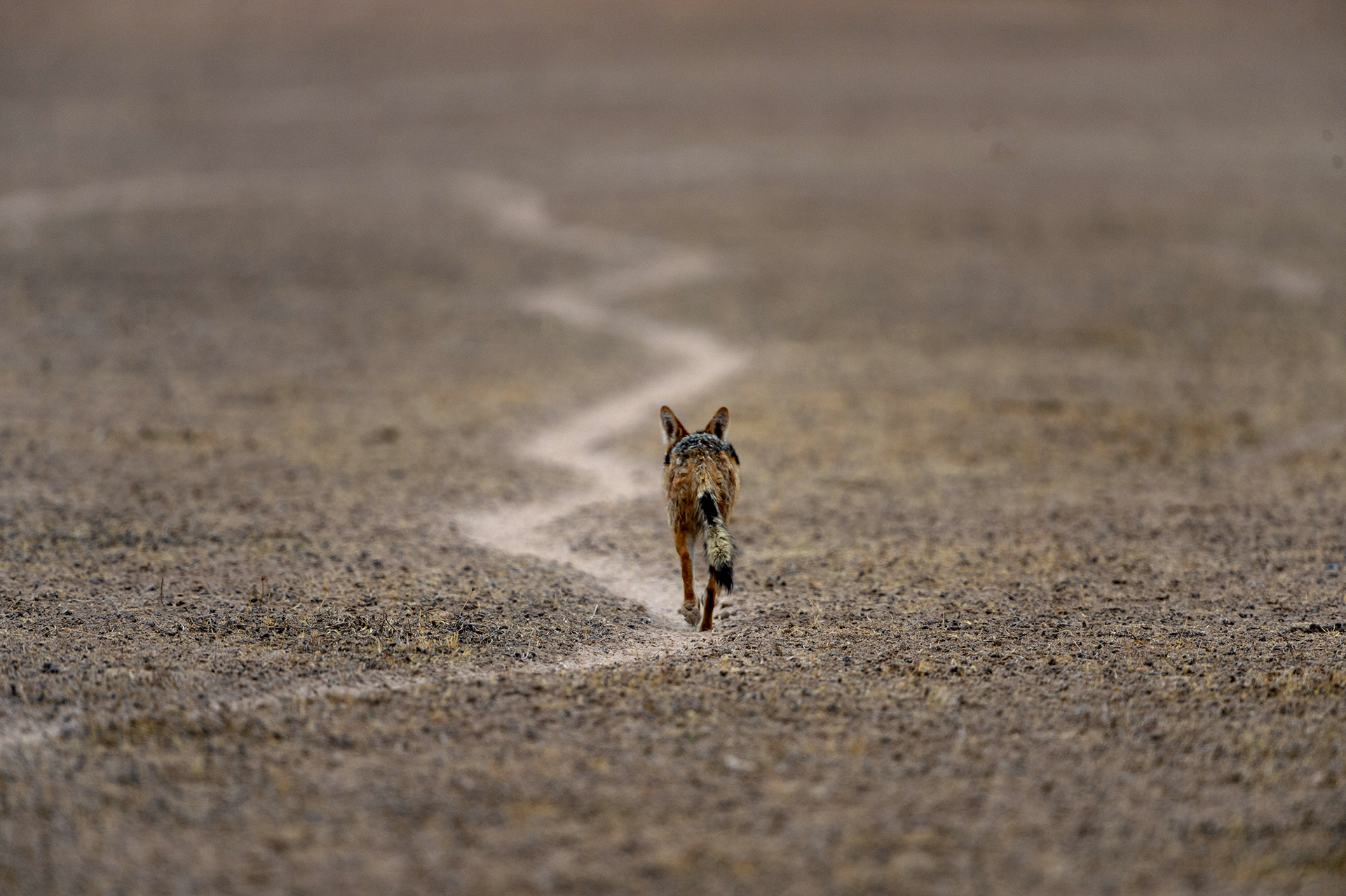
Is there an animal that you are yet to photograph but would like to?
The Polar Bear.
Do you have any photography dreams that you are yet to accomplish?
Too many – too many dreams and too little time.
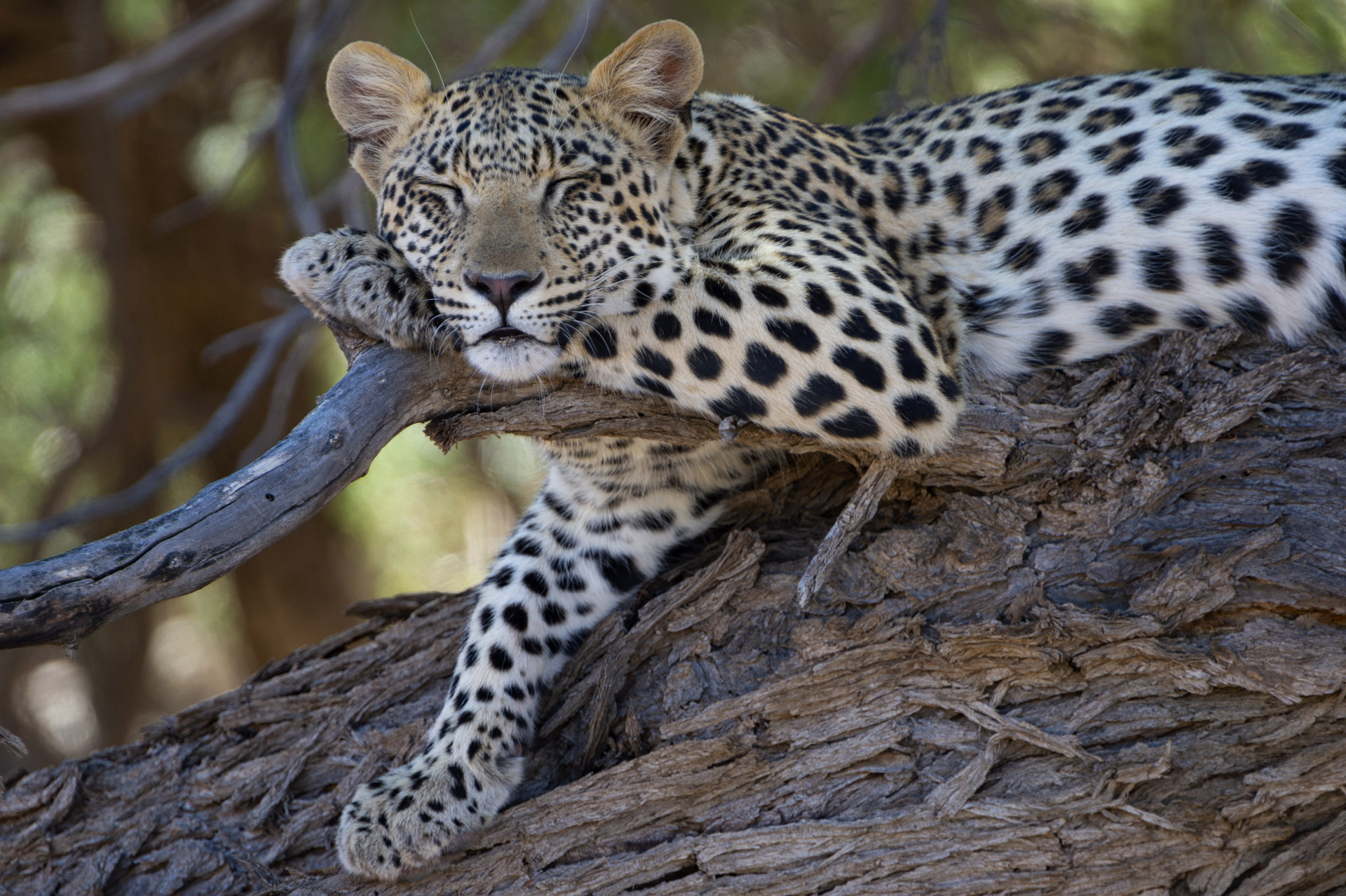
What would you recommend for a beginner in terms of photography gears for someone who wants to get into wildlife photography?
It all depends on where you are going to photograph because of the length of lens you will need. Much of the time you want/need as long a lens as you can afford as this allows you to observe and capture images without having to get too close.
In a place like Chobe for instance where you are photographing from a boat you can get away with a much shorter lens and actually one of my favourite lenses for shooting anywhere is a wide angle as it enables you to capture so much more of the scene.

What are your three top tips for photographing wildlife that aren’t said enough?
Patience – don’t expect everything to happen immediately. Give yourself time to acclimatize and enjoy just being there.
Respect – respect the environment, your subject and your fellow photographers/visitors.
Understanding – the more you observe, understand and learn about wildlife the better your appreciation and the better your photographs as they are a reflection of you.
In your belief, what poses the largest threat to wildlife conservation? As a photographer what can be done about it?
Unfortunately the biggest threat is man. As photographers we can share our images and make people aware.

What do you think of the role of social media and wildlife photography?
Social media has two sides, it is an amazing way of sharing information and awareness quickly but it can pose an enormous threat as people do like to brag and shock and I have seen some instances where actions are recorded, for instance going in too close to photograph an elephant, that, because they appear on social media, people want to do the same and think it is correct.

Do you think that there’s a certain ethic to follow when taking photographs in the wild?
There certainly is – no photograph is worth risking the life or environment of your subject.
In the time of Covid-19, there is a rising awareness of protecting and preserving our planet. Do you have any thoughts you’d like to share in light of this recent outbreak? How has it impacted you as a photographer?
It has made us all take time to think. Life was moving so quickly and everyone was just swept along. Suddenly everything stopped and it gave us time to take stock and consider. Obviously all my travel plans and workshops had to be put on hold but fortunately there will always be time in the future for those, so long as we do look after our planet.

Do you have any final thoughts you’d like to share with our readers?
Make the most of what you have, share your photographs and experiences, not everyone is as fortunate as we are.
